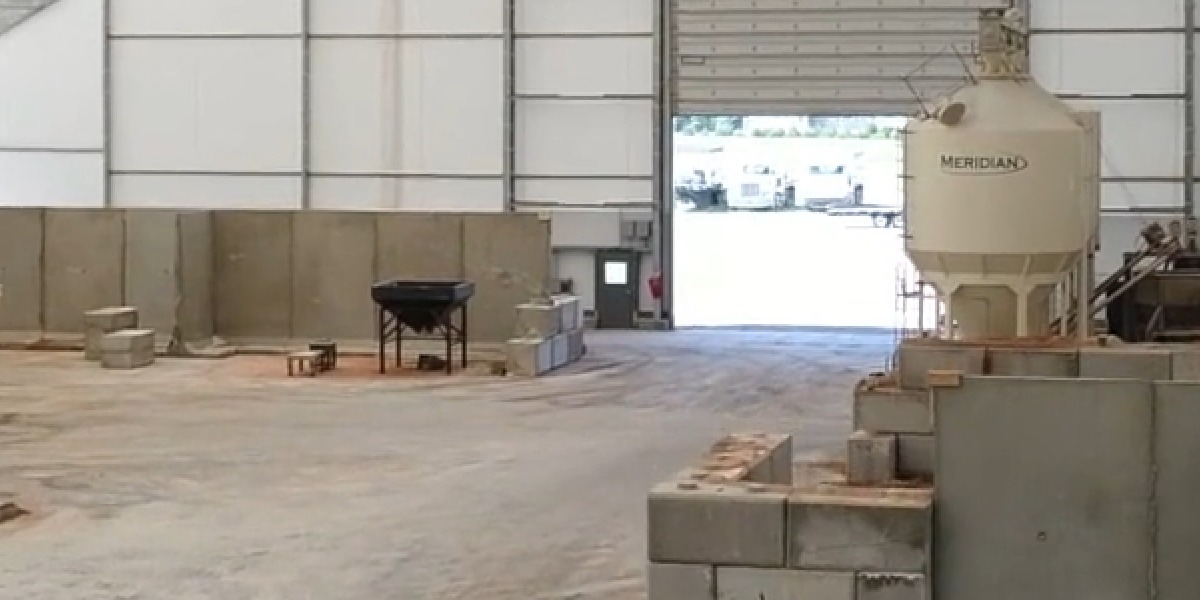Benefits of Potash Storage in Fabric Buildings

One of Canada’s most important mining exports is potash – a blend of salts found deep below the ground. Canadian mining companies -- especially in Saskatchewan and New Brunswick -- are the world’s largest producers of potash.
As the world’s demand for food increases, so does the need for nutrient-rich potash used to make fertilizer. Once the potash is mined, it must be stored before it can be shipped to farms around the world.
Potash Storage Solutions
Potash can be safely stored in a fabric structure without causing rust and corrosion. Exxotec™ fabric is inert to corrosion, no matter the exposure to potash dust.
Inside a fabric storage structure is a dry environment. Fabric is a climate-responsive building material, better holding the inside temperature. A properly ventilated Legacy building will keep a constant supply of cool, dry air inside the building. teel. A dry environment is critically important for potash storage – if powdery potash gets wet, it can become a solid, unusable block.
Custom Buildings for Fertilizer Storage
Engineered fabric structures are designed to withstand any weather conditions, including the heavy snow and strong winds common in Canadian mining regions. A safe bulk storage structure makes mining operations more efficient and reliable.
Custom fabric structures are also designed to meet any project specifications, including clear span widths over 300 feet wide by any length. Mining products and operations have plenty of room to maneuver inside a fabric storage building.
“A fabric potash storage building, whether two to 15 football fields in size, will beat conventional construction schedules yet be designed to take on all elements,” said Nathan Stobbe, general manager of Legacy Building Solutions. “Potash storage in a fabric building compresses the construction schedule, saving time and costs.”
Another advantage of fabric structures for potash storage is that they are constructed more quickly than traditional buildings, allowing for quicker occupation and profit.
While a mine in Canada, or anywhere worldwide, may not seem like a critical part of the food chain, storing the bulk potash used to make fertilizer helps to feed everyone. Fabric structures for bulk potash and fertilizer storage increase efficiency and safety for workers and consumers alike.
Subscribe to our Blog
Recent Posts
- 5 Factors Every Project Owner Should Consider Before Approving Building Materials
- The 20-Year View: How Material Choices Impact Long-Term Operational Costs
- Climate Resilience in Commercial Construction: Why Traditional Methods May Not Be Enough
- Speed and Quality: The Role of Hybrid Building Materials
- Beyond the Bleachers: Designing Visually Striking Sports Facilities
